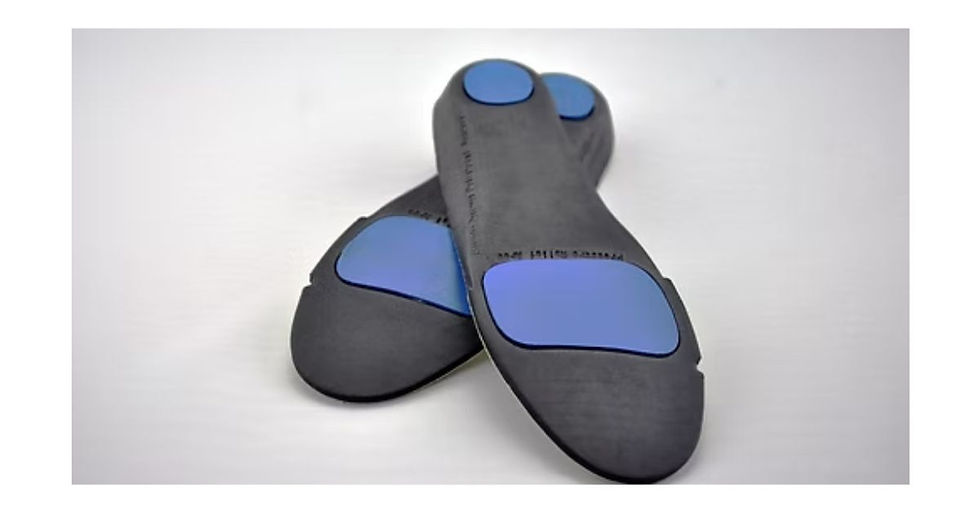3 most common causes & types of curved spine and the treatments
- Lifeforce Hub Singapore

- Jan 12, 2020
- 3 min read
Updated: Oct 5, 2023

The human spine is made up of small bones, also known as vertebrae, and discs layered into a straight vertical line. A normal and healthy spine should run down the middle of the back in a straight line; if a spine exhibits abnormal curvature, such as an extreme inward arching and rounding of the upper or lower back, or with the misalignment of the backbone presenting in an S- or C- shape when viewed from behind, they are known as disorders of the spine, more commonly known as a curved spine.
SCOLIOSIS
One of the more commonly diagnosed form of a curved spine is Scoliosis, which in Greek means ‘crooked’. A person suffering from Scoliosis has a spine that curves either to the left or right; this curvature is presented either in the upper (thoracic) or lower (lumbar) part of the spine or may stretch from the upper all the way to the lower part (thoracolumbar curve) of the backbone. In some cases, the spine may even have an S-shaped or double curve.
Mild forms of Scoliosis do not require treatment but in serious cases, the breathing functions of the patient may be impaired. For both mild and serious forms of Scoliosis, pain is not usually present.
CAUSES AND TYPES
These are the 3 most common types of Scoliosis:
Idiopathic scoliosis – 80% of all scoliosis cases are categorised as being idiopathic. This means that the diagnosis has no known causes and conclusive results, with the most likely cause as being inherited (hereditary). it is important to understand that idiopathic scoliosis is neither preventable nor caused by poor posture.
Congenital scoliosis – this type of scoliosis is caused by a bone defect present at birth and occurs in 1 out of 10,000 newborn babies, making it even more uncommon than scoliosis that develops during the adolescent stages.
Neuromuscular scoliosis – neuromuscular scoliosis is a result of the nervous and muscular system being unable to perform normally in order to maintain the alignment and balance of the backbone. This form of scoliosis is most commonly present in patients who suffer from celebral palsy or spina bifida.
Idiopathic Scoliosis
The most common form of scoliosis, idiopathic scoliosis usually develops in the adolescent period between 10-16 years of age when the spine is still developing. The cause is not known and most likely to be genetic. This type of scoliosis affects more females than males, and is unlikely to progress into adulthood.

TREATMENT
OBSERVATION
In patients with mild scoliosis, the objective of treatment is to prevent the condition from worsening and therefore observation is typically the form of treatment opted for by orthopedists. Patients will visit their doctor for a physical exam and X-ray every 4-6 months to monitor the progression of the spinal development.
SCOLIOSIS BRACE
For patients with a more moderate form of scoliosis whereby the spinal curve is between 25-40 degrees, a back brace may be fitted. The back brace will not cure scoliosis, but will aid in preventing the curvature of the spine from worsening.
The most common type of back brace used nowadays is the thoracolumbosacral (TLSO) brace. Patients must remove the TLSO scoliosis back brace when doing sports and when they are showering. It should be noted that the most suitable type of physical activity for scoliosis patients is swimming as it helps strengthen the spine without putting additional strain on it.
SURGERY
If a patient prevents spine curvature that is more than 35 degrees, it is likely that it will advance into adulthood and this may result in painful backaches, spinal disc degeneration, and affect lung and heart function. In such cases, the orthopaedist may suggest surgery to install metallic implants that will calibrate and hold the spinal vertebrae in position while a bone graft (placed during the surgery as well) fortifies to fuse the vertebrae together. The surgery helps straighten the back and post-surgery recovery period may take months.
It is important to have any form and severity of scoliosis diagnosed early on in order for the proper treatment to be administered. Regardless of the severity of the type of scoliosis, the objective is always to prevent the spinal curvature from worsening.
For a pleasant experience in having a back brace customised and fitted, Lifeforce offers a cleaner, faster and more effective method. Learn more about it in Scoliosis Treatment service page. Click here for - Scoliosis Brace Singapore




Comments